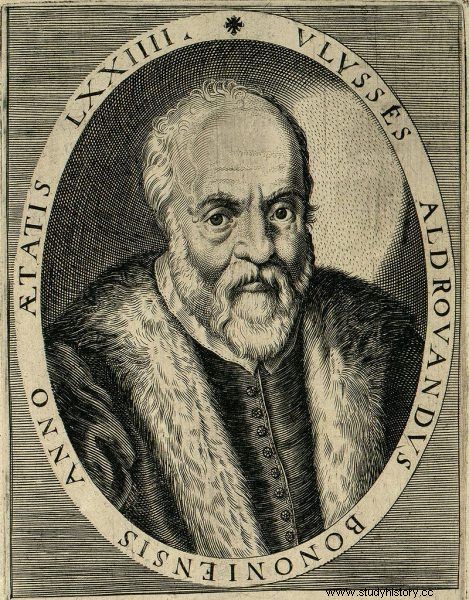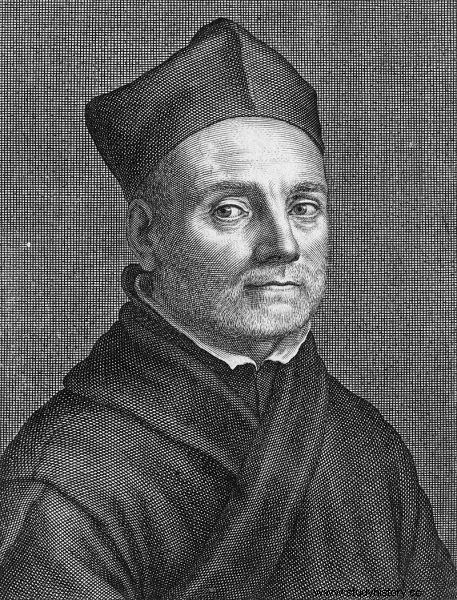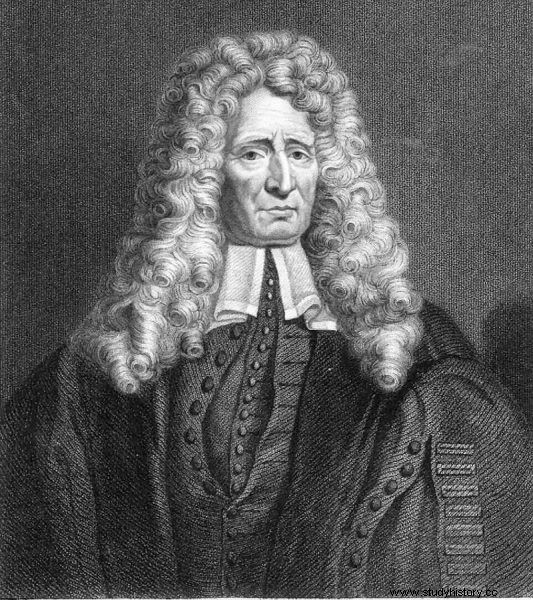For over 20 years, the Body Works exhibition has been breaking records of popularity. It turns out, however, that the idea for the exhibition is nothing new ...
What is invisible on a daily basis, shrouded in an aura of mystery and mysticism, and even seemingly impossible - the interiors of our bodies, unusual animals and plants, devices that violate the laws of physics. All of this is shown in a stunning form that can only be fully understood by a learned and open-minded person. This is the quintessence of curiosities that attract the curious since the Renaissance ...
Kunstkamery, also known as wunderkamerami or "strange rooms" and "wardrobes of wonders" were not furniture, but rooms filled with collections of strange and mysterious things. They probably appeared at the end of the 16th century, with the outbreak of fascination with the world of nature and the return of popularity of natural sciences (although they were certainly not the first exhibitions of grotesque and macabre).
Plants, animals, dragons
Ulisse Aldrovandi, an Italian naturalist, is recognized as the father of natural history science. The scholar's biography is rich in various adventures, including less than a year's detention on charges of heresy against the teachings of the church. Even at this time he was not idle, he managed to establish contact with many scientists of his time. It was then - at the turn of 1549 and 1550 - that Aldrovandi developed an interest in the natural sciences:botany, zoology and geology.

Ulisse Aldrovandi
Already in 1553 he received a graduate degree in medical and philosophical studies, and in 1554 he began teaching at the University of Bologna, where he became the first-ever professor of natural sciences. He organized numerous research expeditions to constantly expand the collection, which soon became one of the first offices peculiarities in the world. The sizes of the collection are admirable even today.
There were about 7,000 specimens in Aldrovandi's collection. The exhibition was to show the size of the work of nature, which the artist himself described as natural history. With the help of Pope Gregory XIII, he obtained permission and funding for the establishment of the first botanical garden in Bologna, as well as for the publication of his books.
Among the enormity of plants and animals, Aldrovandi repeatedly encountered various creatures whose existence could not be explained in any way . They were also included in his collection as curiosities. At the same time, scholars became overwhelmed by the curiosity of these bizarre specimens that slowly began to fill his study. In the book Monstrorum Historia we can find, for example, such miracles as "the bisexual human monster with eagles legs".
It is said that Aldrovandi's collection also includes a dragon. Unlike the books and the garden in Bologna, these quirks, however, have not survived to our times.
Vomiting eagle and perpetual motion machine
The inventor, music theorist, doctor and religious expert Athanasius Kircher also had his collections. It's just that in his artistry he did not limit himself to unusual animals and plants. "In the office belonging to a specialist in the treatment of malaria and plague, a certain Athanasius Kircher, one could see a vomiting eagle, a perpetual motion machine, a screw with an uninterrupted thread, and a whole collection of medical peculiarities" - reads in "How was previously treated" by Nathan Belofsky . All this could be seen at the Museum Kircherianum.

Athanasius Kircher
The inventor constantly expanded the collection, supplementing it with musical instruments and works of art brought from far away. Unfortunately, after his death, the building fell into oblivion. Jesuit Contuccio Contucci tried to restore its operation by assuming the function of director in 1735-1765, but shortly afterwards the museum was closed again. The specimens were gradually transferred to other museums, some were lost or destroyed.
Plant sheep
Another cabinet of curiosities noteworthy is the Wormianum in Copenhagen. Founded by Ole Worm in the 17th century, it attracted visitors mainly thanks to its unique specimen:the vegetable sheep of Tartaria, which bore young as fruit. This "animal-plant hybrid" was considered an extraordinary rarity and attributed to the most peculiar ferns.
In the translation from French to Polish, "Dykcyonarza used to learn the natural history of various more peculiar antiquities, which are interesting in science offices", we can even find a description of this plant.
[...] some Authors understood that this is the herb, that is Tatarka's ram, because it is similar to a ram, it is covered with delicate wool, y it devours other herbs growing around it. And now it is certain that the ram is nothing else but the butt of a fern root covered with fluff. From the arrangement of the roots, it appears to have legs, and the growths on the plant's butt form the head and ears. This type of Fern is located near Samara on the Volga
- writes the author.
The lamb's popularity soon became so great that other collectors wanted to include it in their collections as well. This is how the plant sheep found its way to the study of curiosities of Jan Swammerdamm in Amsterdam or Johann Philipp Breyne from Gdańsk. Ultimately, however, it was the latter who discovered that the whole story with a lamb was made up, and the exhibits displayed to the public are skillfully crafted statues of wood and plant fibers ...
Living body
Frederik Ruysch, the discoverer of the lymphatic system and a pioneer in the art of organ preservation, was closest to the contemporary Body Works exhibition. Although exhibitions consisting of human bodies or prepared bones were nothing new - after all, similar "museums" were opened in antiquity (the evidence of which can be found, among others, in the records of Pliny the Elder), but Ruysch approached the matter a bit more ... humanely.
To best present the intricacies of the human body with real bodies, the Dutch anatomist arranged them in specially prepared arrangements - dioramas. He filled the forms of paintings depicting various scenes, which are more associated with modeling today, with real, preserved corpses. How did he protect them from the destructive effects of decay? It remains a mystery, only it is known that possibly one of the ingredients was pig's blood. He also claimed his secret liquor balsamicum contains the spirits of Zeus and Poseidon.

Frederik Ruysch
Ruysch managed to develop a recipe and technique for staining bodies with mercury sulphide ingots, which gave them a red, almost "vivid" color. At the same time, visitors to Ruysch's exhibitions had a chance to see a discolored network of blood vessels under the skin of the exhibits.
Each of the scenes prepared for the Ruysch Museum carried a message - usually a lesson in morality. For example, a wrinkled body holding a string of pearls was a metaphor for the vanity of material wealth. Ruysch's daughter helped decorate the exhibition.
Science - no, entertainment - yes
In later centuries, the curiosities gradually lost their scientific character, turning into lounges of dread and macabre. Instead of natural history, technology and anatomy, victims of tragic accidents, murderous tribes of cannibals and pictorial techniques of beheading began to appear in them.
Of course, there are many exceptions to this trend. For example, the 1858 Mutter Museum, founded by the Philadelphia College of Medicine, is called "America's finest museum of medicine". The exhibits are still impressive today - there is a two-headed baby, ovaries the size of a football and a three-meter-long human colon - but at the same time they are of some educational value.
Fortunately, contemporary Body Works exhibitions have "come back to their roots", relying heavily on science and aesthetics, instead of macabre and deception.
